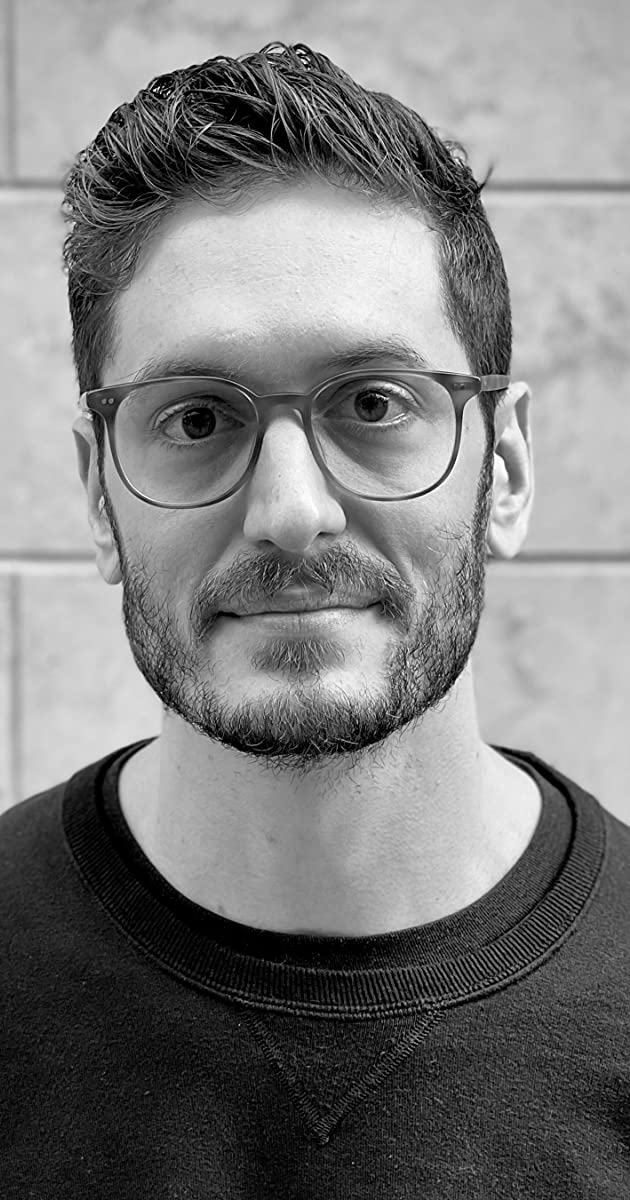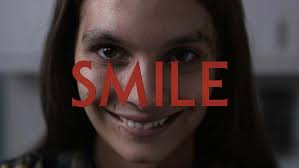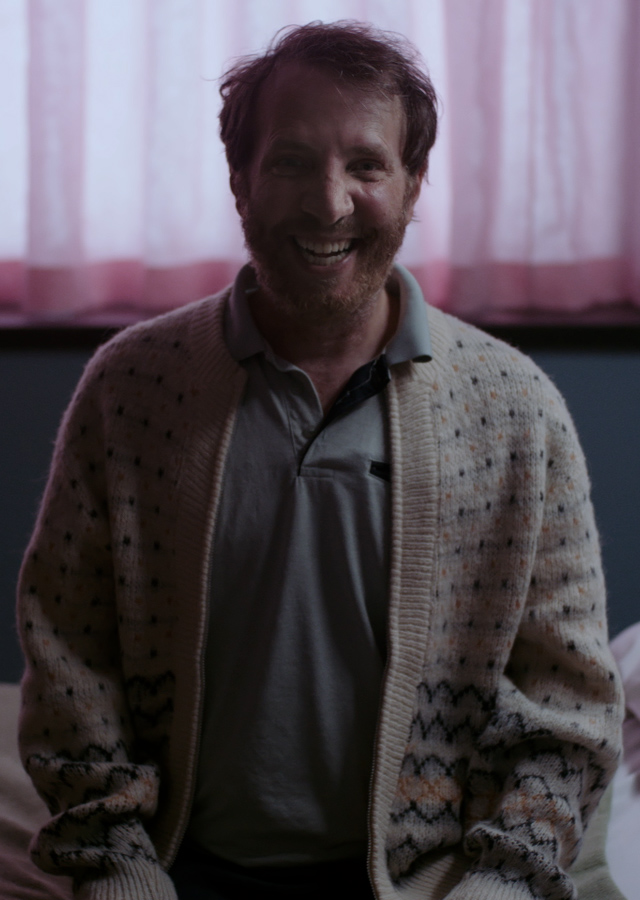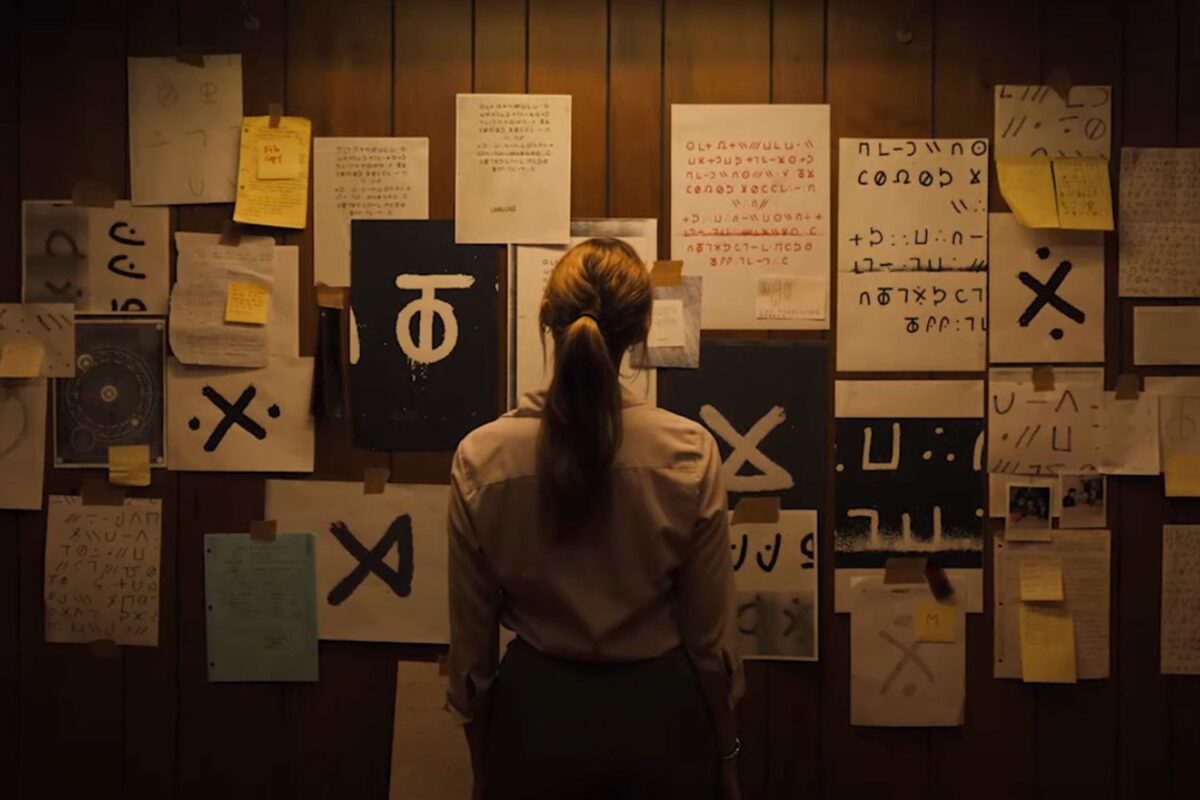
Brian: Good morning.
Parker: Good morning.
Brian: First off, who hurt you? Just kidding. In all seriousness, who are your influences in the horror genre growing up?
Parker: Oh man. I love so many people that I think most filmmakers love. John Carpenter and Wes Craven had a huge impact on me. Also there’s a lot of Japanese filmmakers like Kiyoshi Kurosawa and Hideo Nakata. A lot of my influences also are outside of the horror genre. Certainly there are things that [Steven] Spielberg did that terrified me just even in like the Indiana Jones films that had a big impact on me. So those are a few of them.

Brian: So, you started with making shorts. What was the most challenging part for you from going from shorts to a feature?
Parker: I think it’s just the amount of work and the boulder you have to push up the hill is enormous and it becomes this marathon sprint where you’re just desperate to put one foot in front of the next. I guess just the scope of the work is so much bigger.
Brian: I’ve actually not seen your first short but last night obviously there was some great camera work. That’s what stood out. It definitely gave a little kind of reminisce of It Follows and The Ring kind of vibes. I love that you used practical effects. So how important was it to use that versus going the easy route and going CGI?
Parker: It was a huge thing for me. It was something that I stamped the flag very early on in development. In the studio I was like “I wanna do all this practical, it will have a major effect if we do it practical.” We don’t see practical effects as often anymore and I miss them dearly and I wanted to be able to do something this tangible and hopefully by the time people are seeing it, they’re asking “what am I even looking at?”. It kind of breaks your brain when it’s real.
Brian: I was at the screening last night and obviously the monster was all practical and I think even the fire in the house was?
Parker: Yes, indeed.
Brian: That’s actually one of my big pet peeves. I hate CGI fire. I think it’s one of the worst things in existence. What was the most difficult scene for you to write on paper and also what was the most difficult scene to actually shoot?
Parker: One of the really difficult scenes was when Rose (Sosie Bacon) and her mom (Dora Kiss) finally sort of confront each other or I guess “her mom” towards the end of the film. Trying to do something there that is both emotionally cathartic but also intensely creepy and also is taking all the hints and clues we’ve learned about Rose and tying them together with all the evil that’s been going on in the film. It was a challenge to get that right and make it feel real and honest. And then from a directorial standpoint, there are a lot of really challenging scenes. Definitely the birthday party, working with that many children. I mean Sosie’s amazing in that scene, being able to do that with all those extras, that was challenging in the limited amount of time we had for it.
Brian: That’s funny, I had asked her what her most difficult scene was and she had actually said it was when her therapist (Robin Weigert) was walking over to the couch and she had to fall over it. And she didn’t even mention the part about falling through the glass and obviously working with the kids. I think that would have been the one she would go with but that’s obviously not so. What was your biggest takeaway from making this film? Something that you will take with you on your next projects.
Parker: Yeah, I think with every project you learn as a filmmaker, you grow hopefully, and I learned so much making my first feature. I think it’s just about really what it takes to wrangle a production and sort of force your will into becoming real. I think Paul Thomas Anderson said that making a film is like trying to grab onto a dinosaur tail, you know it’s nearly impossible to do.
And just about finding how you can control all the little elements. I think I learned a lot on this one that I’ll take to the next one.
Brian: Obviously you used drones in the film. How often were you using those drones? If I remember, it was a decent amount of drone shots. Flipping the camera upside down, were those in camera shots?
Parker: Yes. So all of the drone stuff was highly designed. I think drones are a wonderful tool when used correctly. I think they also get way overused for just establishing shots and stuff like that now. We worked with a great drone team and we had them for a couple of days because you know we were working on a modest budget. My DP and I had gotten little, like for the car stuff for example, we had little matchbox cars. We were filming things on our phones to create basically a template of how we wanted to execute stuff and then we had gone out and scouted these locations to find these perfect places that we wanted to shoot these shots. Yeah and it was all done practically in camera.
Brian: That’s impressive. Editing is the final stage of filmmaking. Did you discover anything in editing that changed?
Parker: Yeah. Somebody much smarter than me once said you sort of write the film three times: you write the script, and then there’s the film that you go out and shoot, and then there’s the eventual film that you edit and it’s three different films. So certainly things changed along the way. Some things sort of fell off and other things, like the magnifying glass, put in. One thing we really discovered in the editing process was just how amazing Sosie is and the little choices she was making in every scene. My editor and I, like everyday, would discover something new about her performance that just blew us away.
Brian: Every good horror movie becomes a franchise. This movie really doesn’t have a closed ending, it could go on. Would you like to make more Smile movies or are good with one?
Parker: I think as a storyteller, a filmmaker and also as a film fan, I like messy endings. I like things that don’t get neatly wrapped up in a bow. I think that was my intention more than anything else was to make something that was very evocative and conversation starting at the end. I think that Smile’s a really fun world and we’ll have to see.
Brian: It’s got some good scare scenes in it. As you mentioned earlier, Spielberg and Indiana Jones, what are some of the scenes as a kid in movies that really got you?
Parker: The Shining is one of my favorite films of all time. I mean [Stanley] Kubrick is probably my favorite director. When Jack [Nicholson] goes into that green bathroom and finds that woman in there, that was something that imprinted on my brain. There’s so many psychic images in that film that you can’t get out of your head and that’s certainly something. I wanted to create that kind of feeling in this film where it’s just sort of grabbing you and not letting you go.
Brian: Well I think you’re definitely going to keep some people up at night after seeing this film. Thank you for your time.
Parker: Thank you, I appreciate it.





